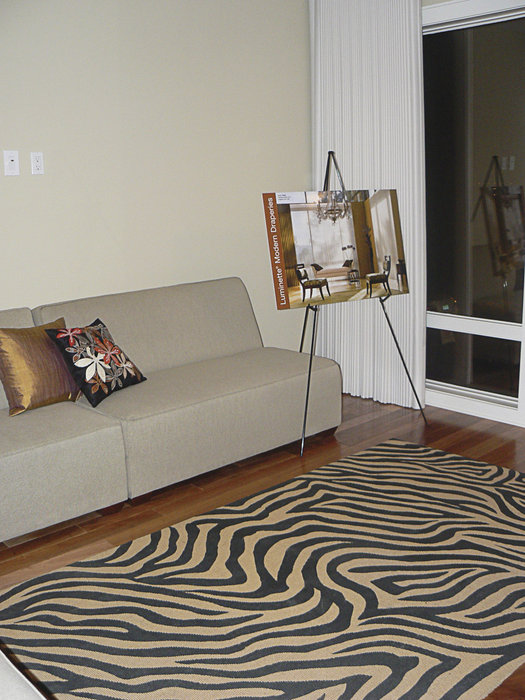Are Hudson County developers taking a cue from New York City Mayor Michael Bloomberg? According to Jersey City’s urban planners, they are.
Jersey City’s Division of City Planning says that local developers are setting their sights on smaller rental residential units that are cheaper for them to build – and more affordable for cash-strapped renters to move into. While there don’t appear to be any micro-studios in the works, as has been proposed in New York, a few units that are below the 800-square-foot threshold are on the drafting tables.
“In the heady days of real estate, in the early part of the 2000s, our mindset was to make housing units bigger and bigger because we thought it would make them more desirable,” said Robert Cotter, director of the Division of City Planning. “Ten years ago we got a law passed that required a nine-foot ceiling in all units. Then market forces began to creep in here and we all know the bubble burst. Developers now realize, not only is it cheaper for them to build smaller units, but there’s actually a demographic that is willing to live in something that’s only 450 or 500 square feet.”
When real estate in Jersey City was at its peak, Cotter said some residential units had anywhere from 900 to 1,700 square feet of living space.
‘A growing trend’
It’s an idea possibly borrowed from Jersey City’s neighbor to the east.
In July, New York City Mayor Michael Bloomberg announced a competition for developers to design what he is calling “micro-studios” of 275 to 300 square feet for single people who cannot afford the city’s current housing stock. At present, New York City law requires that housing units be at least 400 square feet. But Bloomberg has proposed revising the law to allow smaller units to be built.
“This is a growing trend going on in cites and states along the coasts,” said Cotter. “The Bloomberg idea is not completely new. We have the Ironstate development [developed by Ironstate of Hoboken] going up on Newark and Third Street. They have an experimental unit in that building that’s about 400 or 450 square feet. It has movable walls, so you can open your bedroom up and include it as part of your living room. It has some built-in furniture that can be easily moved and concealed to create more floor space. So, we’re going to see more of this kind of design, not just in New York, but in Jersey City and Hoboken as well.”
‘Younger people are looking for their first place and looking for something they can afford [with the income from] their first job.’ – Robert Cotter
____________
Units that are 200 square feet are already being developed in Seattle, San Francisco, and Portland, Oregon, Cotter said.
Developers, Cotter said, are also acknowledging that not every Jersey City resident is married with 2.3 children. The city is home to young singles who don’t want to live with their parents and, having graduated from college, aren’t interested in repeating the “dorm room” experience with roommates.
“People in the ‘Millennial Generation’ are looking for their first place and looking for something they can afford [with the income from] their first job,” Cotter noted. “They can’t afford to pay rent on a two-bedroom, 1,400 square foot apartment. That would be, like, $4,000. They’re willing to live in smaller quarters and pay less money.”
Even older singles, he added, might not have the money to rent a large unit on one income.
“Something for everyone, every demographic, is the name of the game,” said Cotter.
‘That’s just hooey!’
And with “construction costs going through the roof,” Cotter said that developers are looking for ways to save money on their own building costs.
But not everyone is buying into the idea that these micro-apartments are part of a trend.
“That’s just hooey! And you can quote me on that,” said Ron Simoncini, a spokesman who represents several of Hudson County’s top real estate and development companies.
“This isn’t a new trend,” Simoncini noted. “This has been going on for 100 years. People always market smaller units to create price incentives for residents on a budget. In New York they developed SRO (single room occupancy) hotels in the early 1900s. What this is really about is how good is your location, and how much can you justify contracting your floor plan based on your expected market?”
He argues that Hudson County real estate, particularly in Jersey City and Hoboken, is so hot – even with the housing slump – that developers can build closets and market them as studios, knowing that people will rent them just to live in this area.
For example, he said, people could pay similar rents for apartments in Parsippany and get double the square footage for their money, but choose not to because they want to live in the New York City area.
E-mail E. Assata Wright at awright@hudsonreporter.com.
